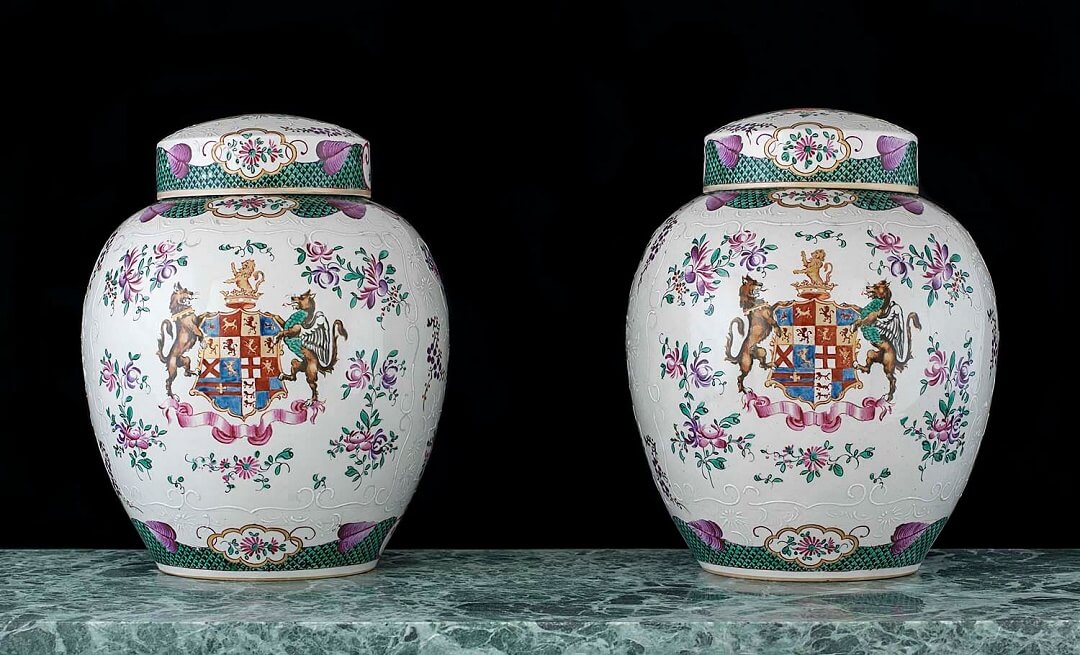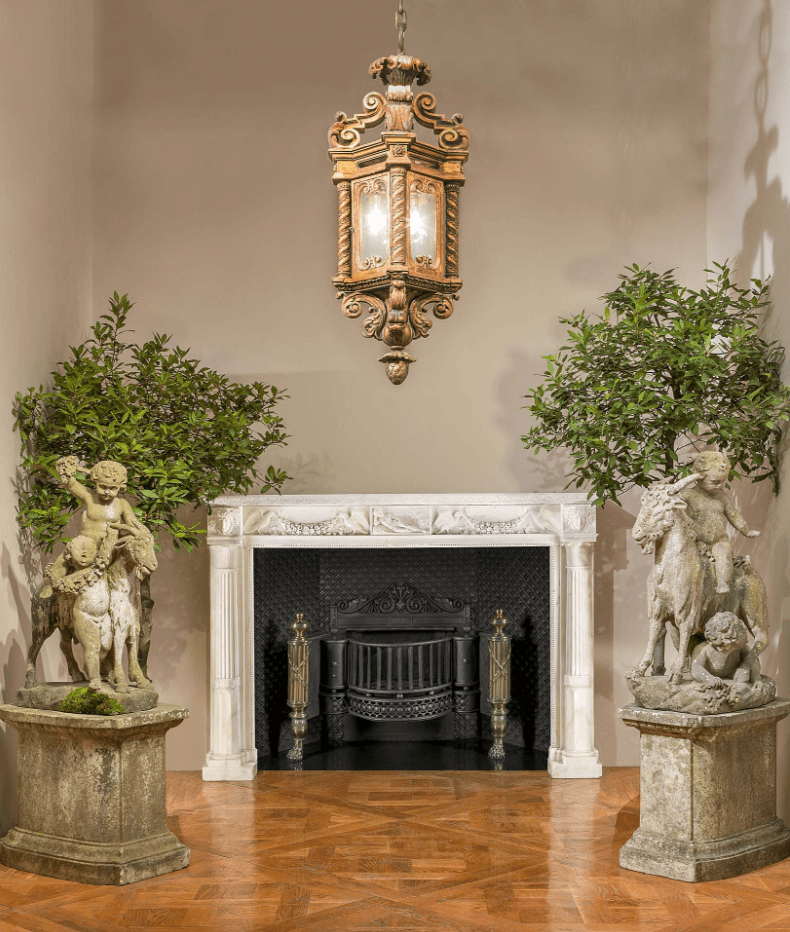Searching for that one-off piece of antique furniture for your home usually involves a day spent trawling through a flea market, vintage fair or antique fair – and there’s nothing quite like finding a bargain you know will be a perfect fit.
But sometimes you just don’t want to leave the comfort of your sofa, especially during those cold winter months, so why not try shopping for antiques online?
With a wealth of items at your fingertips, there are definitely some great deals to be had – but there are a few things to bear in mind before you get going. Here are our top tips to help you start shopping for antiques online.

1. Shop around
Shopping for antiques online makes it easier to check whether you are getting your money’s worth. When you find that piece you really like, it’s important to do your research before you buy by looking for similar items on other websites and checking past auction results to see what previous pieces have sold for.
Obviously, factors such as the condition and size of the piece will make a significant impact on price so make sure you are comparing like for like, but there will often be enough information out there to help you make an informed decision.
One top tip when shopping for antiques online is that in some cases the exact same item will be listed by its owner on various websites – and as seller fees can differ, there’s a real chance of getting it cheaper elsewhere.
2. Research the seller
It’s not only important to find out as much as you can about the item you are thinking of buying – you need to make sure you are handing over your money to a reputable seller.
Often you will be able to view their previous sales and look at reviews from their past customers. Websites will often include testimonials or examples of where their items have been featured which should also give you a helpful insight.
If you’re still unsure, asking the seller questions about the piece should give you a good indication of how much they know and whether you feel confident enough to buy from them.

3. Shopping for antiques online – added costs
By shopping for antiques online, you’ve got the opportunity to view and purchase pieces from across the globe – most of which you would otherwise never have seen.
However, before you get too excited, don’t forget to factor in the delivery costs before you agree to the sale. Often items from overseas will cost hundreds of pounds to ship, especially if it’s a large piece of furniture, so make sure you can afford the extra expense.
4. Haggle
If you visited a market you would try and negotiate a price, so why not do the same when you’re shopping for antiques online?
If you’re using eBay for example, it’s perfectly fine to contact the seller direct before making an offer. A polite message asking whether they are willing to accept any lower and suggesting a new price has worked for many customers, so it’s definitely worth a try, even if the listing doesn’t include a ‘make an offer’ tag.
5. Bookmark
Don’t forget to keep a note of your favourite sellers and sites – if there’s something you’ve seen but can’t quite afford then it’s worth checking back frequently in case the price changes or they add more stock that’s geared towards your price bracket.
It’s all too easy to forget where you’ve looked and bookmarking can save you hours of time which you would otherwise have spent trawling through your search history.
Having said that, don't just stick to a select few sites as it’s certainly worth keeping an open mind and seeing as much of what’s on offer as you can.
6. Take your time
Buying at auction – even online – can often be a tense affair, so you need to be extra careful you don’t get things wrong.
Prior to the auction starting, make sure you read everything about the item in question, including details of its condition and its dimensions so you know whether it will fit into your home. Look closely at the photographs included and remember you can contact the auction house for more images if you need to.
However excited you are, it’s also worth waiting before jumping in with the first bid – if no-one accepts the auctioneer's first offer it will most likely go down, meaning you can pick up a better bargain.

7. Be inquisitive
It’s likely that when you start shopping for antiques online, you will see lots of pieces you like but aren’t quite sure about because you can’t view and touch them in the same way you would in person.

If there is something niggling away at you, make sure you contact the seller directly to ask your questions. Sites like eBay make it simple for you to contact the seller direct and online shops usually have their details in a prominent place on their website so you can get in touch.
Sellers will often have more information about the piece that they haven’t included online and you should ask the same questions you would face-to-face, such as the age and origin, whether there are any manufacturers’ marks, and if it has been restored.
8. Search sensibly
Search terms play an important role when shopping for antiques online so it’s definitely something to keep in mind.
As sellers may not have listed their item correctly, it’s often sensible to begin by searching broadly e.g ‘antique fireplaces’. This should give you a good starting point to do some general research, see the websites that are out there and then help you refine what you are looking for, such as ‘marble antique fireplaces’.
This should limit your search results – making it easier to find exactly what you want – as well as bringing up new sites that weren’t in your original trawl.
Shopping for antiques online: a summary
Shopping for antiques online is a great way to find that one-off treasure for your home and by asking the right questions, choosing a trusted seller and doing your research, we’re sure you’ll grab a bargain in no time at all.